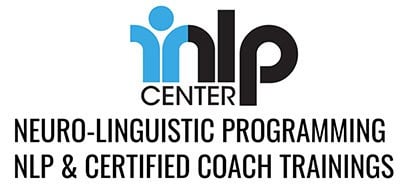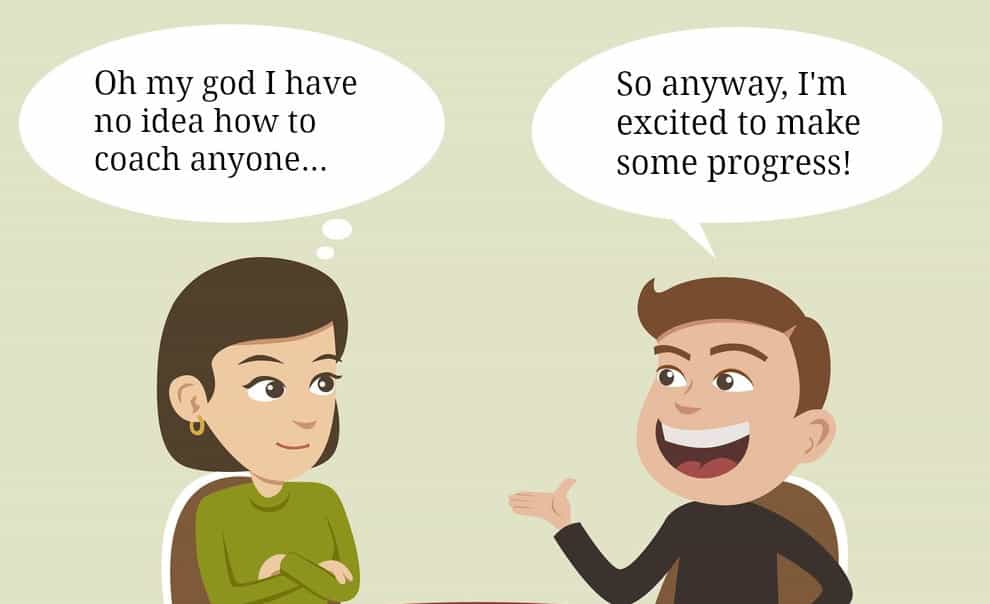You’ve been through your life coach training but still aren’t sure how to work with coaching clients. But now you’re in the moment with a real, paying client who wants results! How will you know what to do?
So there you are, in session with a new client. She’s ready to roll, with plenty on her mind. She wants help, guidance, direction….
Crap! Now what?
All of your training….all those wonderful techniques that worked so well in the classroom…are swimming through your mind. And your client hasn’t begun to speak yet!
Get a grip! Here’s a way to know how to work with coaching clients.
But, let me first say why this article is even necessary. It shouldn’t be, right? If you went through training, you should know what to do!
Well….not necessarily.
It’s safe to say that many NLP practitioners, for example, eventually come to the following realization…
The field of NLP is shockingly disorganized!
As a discipline, Neuro-Linguistic Programming came together over time. It’s large group of developers brought a wide range of experience to the table. New techniques were developed consistently, according to inspiration, but NOT according to some master plan.
Most fields of study, be it hypnosis or life coaching or any number of other systems, evolved in similar fashion. You end up with an endless string of techniques or interventions, often lacking a clear organizing principle that tells you what to do when, or any knowledge as to how it all fits together. (It rarely fits together, by the way:)
The practitioner is expected to make up for this drawback in the material by using his or her own judgment and the particular needs of the client to make things work. In other words, you pick from this terrific grab bag of techniques to fit the client’s needs where you find them.
And therein lies the rub…
When you’re just starting out, this is easier said than done!
And here we are. Your problem will only be solved by experience. In the meantime, here is a very simple model to help you relax and get super clear during the first part of any session with a client, and show you how to work with coaching clients.
A simple and very effective first step is a proven way to organize your approach at the early stage of a client’s journey with you is to categorize everything they share with you onto two separate categories:
1. What the client wants (goals).
2. What stands in the way (obstacles).

You MUST know their goal and what gets in their way BEFORE choosing any sort of intervention to help. How can you help someone overcome an obstacle you don’t understand? How can you help a client get somewhere if you don’t talk about where they want to end up?
You can’t. Before you go off half-cocked into intervention – understand:
1) What they want and
2) What gets in their way.
Once you know this, you can sit back, relax and choose an intervention that will get them over, around or through the obstacle toward what they want.
If during the initial interview, you simply focus on these two elements of coaching ONLY, you’ll have a lot of valuable territories to explore. Your client will agree, as she has (virtually guaranteed) not been able to get so clear on her own.
In practice, this is all too easy. Ask the client how you can help. Let her talk. As she speaks, you can ask yourself, “Is this what she wants, or what gets in her way?”
Stay aware. If she naturally talks about what gets in her way first, then gather more information about that. Then, move on to what she wants. If she begins by discussing what she wants, great! Have that discussion. Then, ask what seems to be getting in her way.
Once you’ve taken the client this far, you will find the tools and techniques you learn in your (NLP) training will give you more than enough leverage to help the client find new ways to achieve their goals.
[content_chunk section_title=”Learn How to Work with Coaching Clients” id=”12045″]


